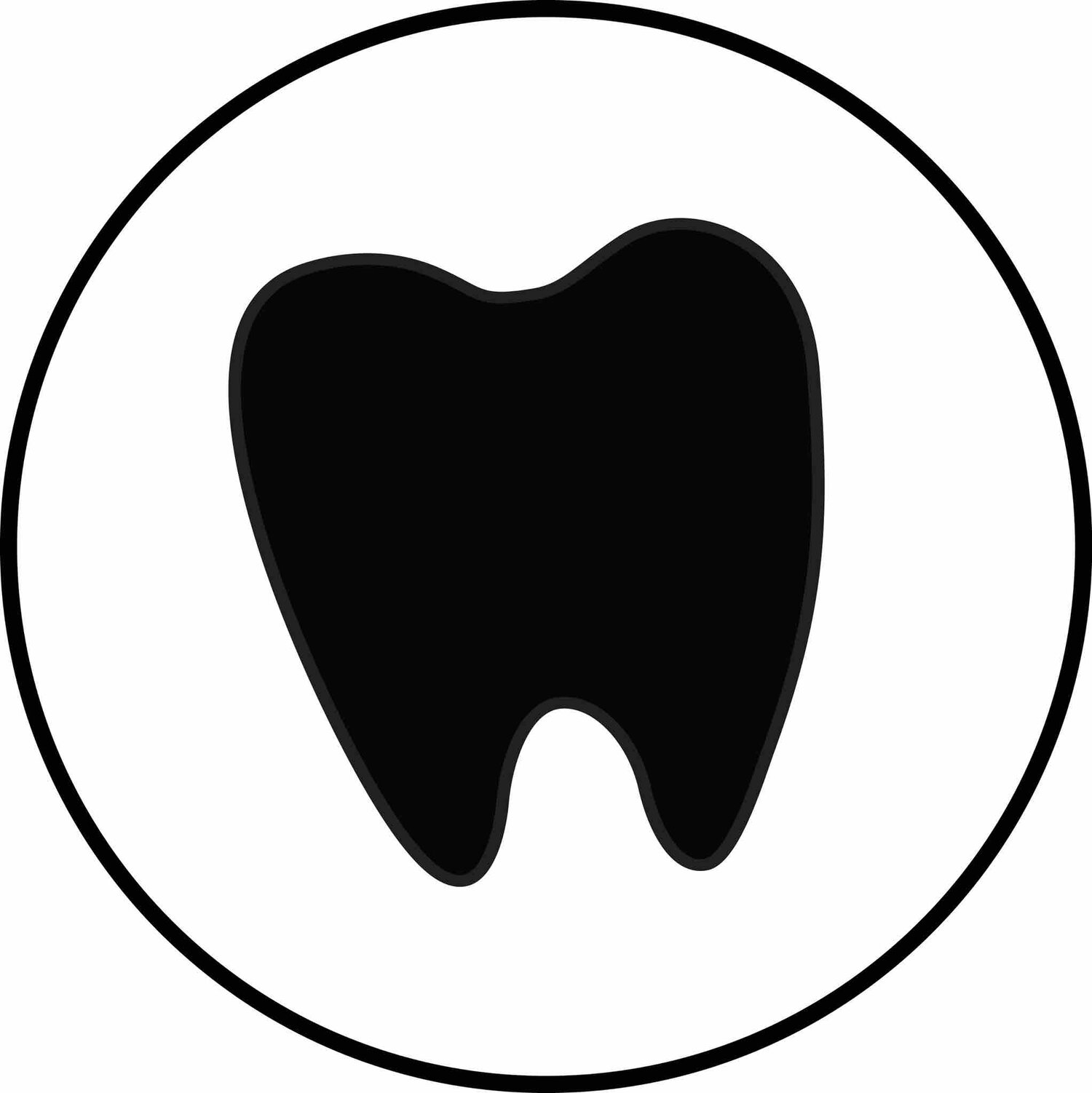Blood Pressure Guidelines for the Dental Hygienist
Happy Love Day, Hygiene Friends!
What better day than to talk about the heart and blood pressure than today? We know we all learned how to take blood pressure in school, and were required to take it also every appointment on our patients. Do you still follow that protocol your office? Though it does take an extra minute or two of an already packed appointment, the act of taking a patient’s blood pressure reading could be life saving. Most patients see their hygienist and dentist more often than their physician, so screening for blood pressure could change someone’s future.
So you have decided to start taking blood pressures at your office! Now what? Here is a quick chart for reference to know what is normal, and what to do if it isn’t.
Top Number (Systolic) Bottom Number (Diastolic) Category
in mm Hg in mm Hg
Below 120 Below 80 Normal Blood Pressure
Recommendations: Maintain healthy lifestyle, Monitor annually
120-139 80-89 Prehypertension
Recommendations: Maintain or start living healthy lifestyle, Monitor at each appointment, limit epi
140-159 90-99 Stage 1 Hypertension
Recommendations: Refer patient to see medical doctor, monitor at each appointment, limit epi
160 and Over 100 and Over Stage 2 Hypertension
Recommendations: Defer treatment, refer to medical doctor and possibly ER, monitor at each appointment when under control, limit epi.
We love being in a profession that is live changing and life saving. We hope you do too!
!
TIP: Use an automatic wrist blood pressure cuff like the one you see here. It makes taking blood pressure quick and easy. Taking blood pressure is the standard of care now and your license could depend on it in case of an emergency.

